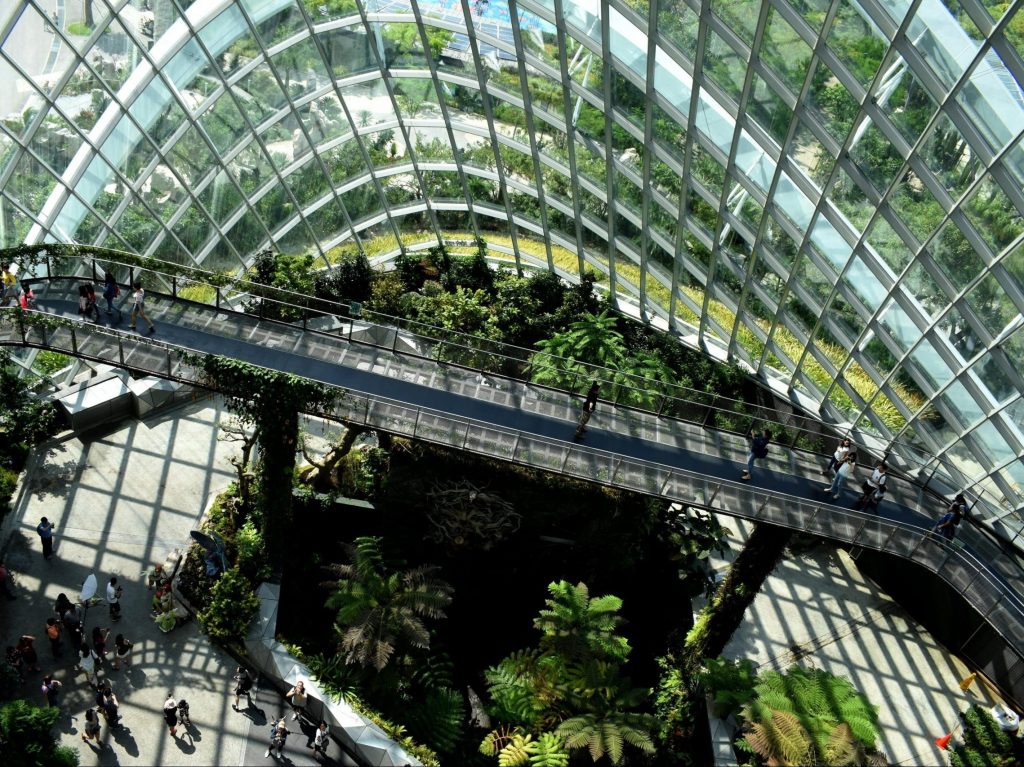Environmental practices to deliver during build stage
Sustainability in construction is becoming more important as the industry works towards global net zero targets. Sustainable construction practices should be embedded into all stages of a project – from design, to construction to end-use. They must be examined to identify how to sustainably use resources and reduce emissions.
While good design and operational use are paramount to sustainable construction, the on-site operations and practices should also be environmentally focused. Seemingly, small actions add up.
On-site actions for sustainable construction
Waste management
Good waste management techniques create environmental and economic benefits. Proper segregation, storage and processing of waste streams will ensure materials are recycled or reused elsewhere, or that their volume of use is reduced.
The construction industry generates huge amounts of waste. Every year, 400 million tonnes of material is used in construction, which results in 100 million tonnes of waste being produced. By segregating waste created through delivery and office processes, such as cardboard and plastics, overall waste costs can be limited, include for landfill tax, and rebates can be received for any commodity-based waste streams.
Separating waste on-site allows material like metals to be recycled and glass and concrete to be downcycled, and lumbar or plywood to be taken for conversion into biomass.
Additionally, identifying and segregating waste created during construction processes, such as spotting surplus materials, means order volumes can be amended to ensure resource efficiency and reduce unnecessary costs.
It is also essential to ensure hazardous waste, such as chemicals or paints, is properly disposed of and cannot cause pollution. This will reduce the risk of fines for environmental breaches and costly reputational damage.
For waste management to work, all site workers, including sub-contractors and visitors, must be informed on their implementation, including clear processes and accessible waste management areas.
Transport and logistics planning (reducing emissions)
Transport to, from and around site should be reviewed and streamlined to reduce emissions. This can include managing routes, monitoring driver behaviour and vehicle speeds. It can also include delivering preventative maintenance, to keep a vehicle fleet as efficient as possible. Where movements of the vehicles travelling to and from site isn’t controllable, reviewing the volumes and regularity of loads being delivered can make a marked difference.
This could include sourcing materials or hiring labour local for a development to reduce emissions or using lighter materials to reduce vehicle weights. This was seen on our Halifax Bus Station development where only local companies were used.
Electric or hybrid vehicles and those using biodiesel are becoming more mainstream, therefore more reliable and workable with busy construction activities. Where switching an entire fleet is not yet workable, gradually upgrading vehicles or encouraging contractors and suppliers to use these can contribute to reduced emissions for a project.
Good logistics planning will optimize deliveries to and from site, to reduce mileage, emissions and costs. It can also develop a ‘just in time’ approach to deliveries, having materials arrive on site only when required. This will reduce the risk of materials being weathered or damaged, to avoid waste.
Eco Alternatives
The construction industry accounts for 36% of worldwide energy usage and 40% of CO2 emissions. Reducing or changing the energy usage of plant and machinery will impact a site’s immediate environment and overall green targets. This could include using energy-efficient plant or on-site generators, or electric plant for emission-free alternatives.
Electric plant options are a financially and socially-sound investment, saving on high fuel costs and limiting noise pollution during development. On-site energy generation, such as installing solar panels, can be used to recharge and power hand tools or office facilities to reduce reliance on the grid.
Both transport planning and utilising ‘green’ alternatives are particularly important for costs as the prices for energy and raw materials continue to rise, putting pressure on budgets and supply chains.
Embedding these practices during build stage will contribute to minimizing embodied carbon – the emissions created during construction – and also deliver immediate environmental benefits for site workers and surrounding areas.
Sustainable design helps to reduce energy consumption and increase the recyclability of materials at the end of the building’s life. However, on-site actions for sustainable construction should never be overlooked.
For more advice and guidance on running sustainable and efficient projects, and the latest industry insights, sign up to our newsletter.

